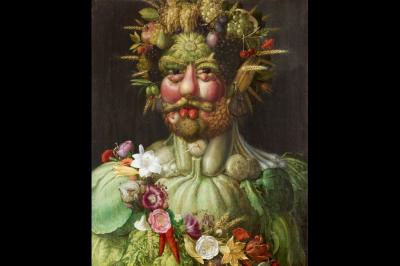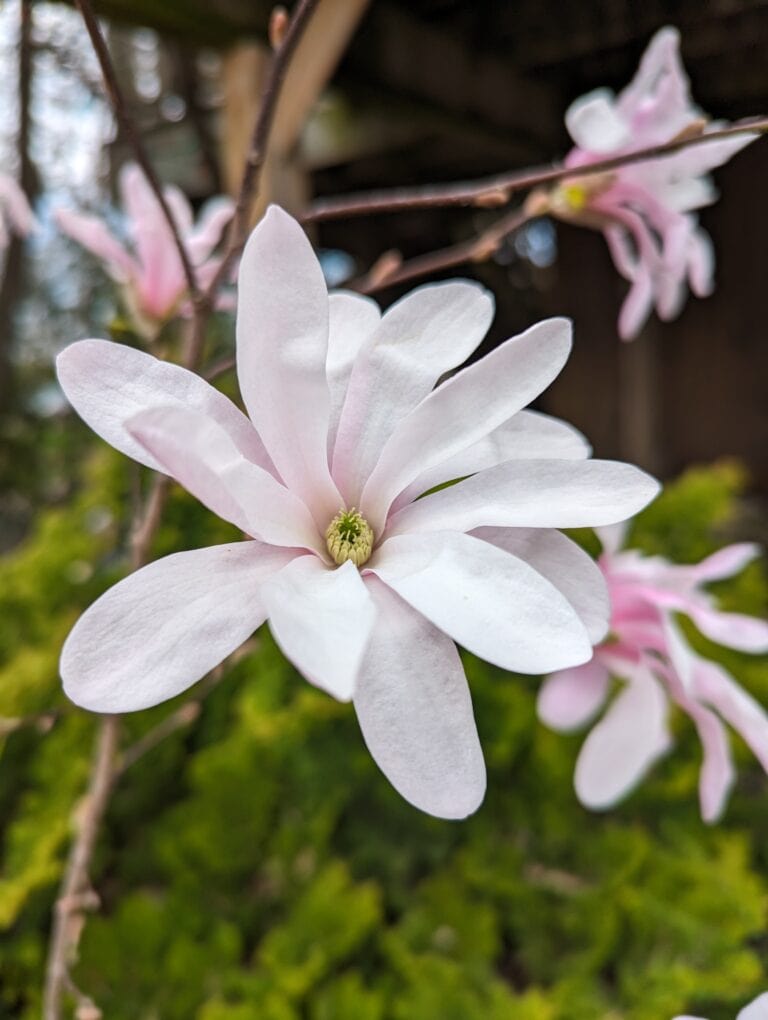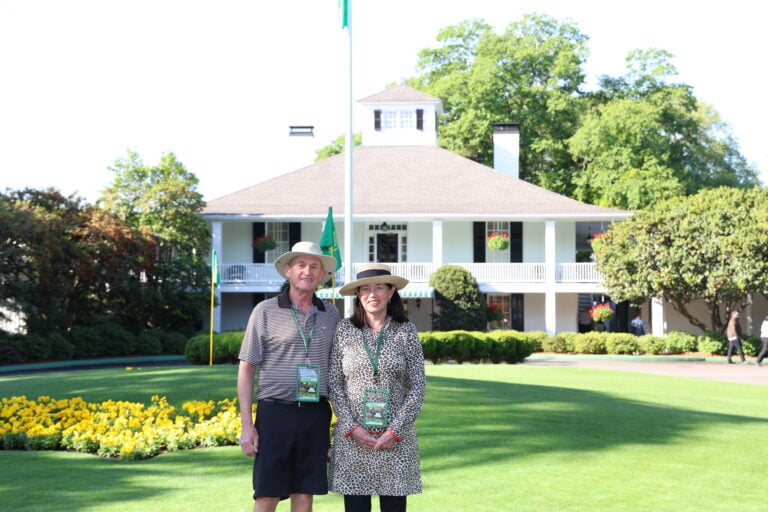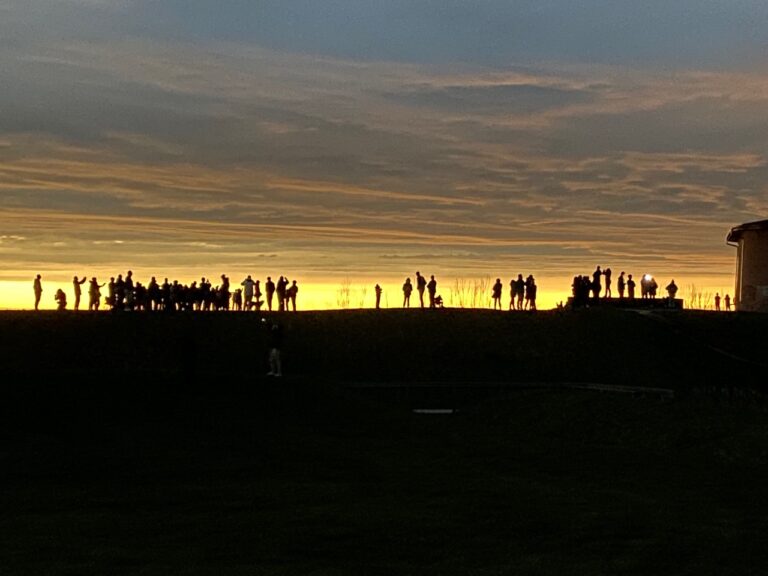We’re on the cusp of winter. There’s a chill in the air. Gusts of wind have stripped the last leaves of autumn, revealing what has been hidden by spring and summer’s leafy abundance.
Perhaps we are seeing things we didn’t notice before? Was it because we didn’t really look? After all, we only see what we choose to look at.
So, how many wonders of the world do we miss? An Italian 16th-century artist named Giuseppe Arcimboldo chose to create the most scientifically accurate and psychologically fascinating still life portraits of all time from the wonders of the natural world.
To some, his portraits were considered jokes, caprices, whimsies, to others weird, bizarre, riddles or something sinister or demonic.
Perhaps the artist was mentally disturbed? Not so. Way ahead of his time, Arcimboldo completely altered the perception of what portraits should be, from traditional to wildly innovative and complex, and he had the good fortune to have patrons who were enchanted by and completely supportive of his vision.
Giuseppe Arcimboldo (1526-1593) was born in Milan. His early years as an artist were spent as a designer of stained glass and frescoes at the Duomo of Milan.
At 36, he left Italy to become court painter for 25 years to the Habsburg Holy Roman Emperors, Maximilian II in Vienna and Rudolf II in Prague. It was an ideal match.
Maximilian was fascinated by the natural world and his court was a centre for intellectuals, scientists and philosophers. Both he and his heir Rudolf, had a “kunstkammer,” a “cabinet of curiosities,” the forerunner of modern museums.
Arcimboldo’s works were displayed there as decoration and as an encyclopedia of the botanical, animal and other holdings of the emperor. He would design tapestries, theatre costumes, festivals and pageants but most importantly Arcimboldo would create allegorical composite portraits.
His first project for Maximilian was “The Seasons” – spring, summer, autumn, winter, represented by four profile portraits of heads formed by an assemblage of fruits, vegetables and plants specific to those seasons and symbolic of the metamorphosis of nature, the living cycle of life.
His second project was “The Elements” – air, fire, earth, water, four profile portraits featuring clustered birds, forged metals and flames, European and exotic animals, and sea creatures and fauna: fish, shellfish, pearls, coral, shells and even a baby sea otter.
Next, he created in three-quarter view court officials such as the “Librarian,” composed of a pyramid of books, and the “Jurist,” with his poultry, frog and fish face.
He created the first reversible works called palindromes, that when turned upside down the still life becomes a face.
The famous “Vertumnus,” name of the ancient Etruscan god of vegetation, and The Seasons, is a frontal portrait of Rudolf II gazing intensely at us. His face is formed of a gourd forehead, wheat chaff eyebrows, peapod eyelids, dark berry eyes, rosy apple cheeks, a pear nose, a corn stalk ear with a fig earring, a bean moustache, tomato lips, pomegranate seed teeth, and a horse chestnut and yellow raspberry beard.
Black grapes represent his hair topped by a crown of golden ears of wheat, green grapes, plums, pears, red currants and cherries. Zucchini and green onions form his neck, a squash his chest, cabbage leaves his shoulders and his regal flower sash includes roses, lilies and tulips.
The learned at court would recognize corn, squash, tomatoes and beans as from the Americas and other foods from Turkey, Egypt and India, all indicative of far-reaching trade, exploration and colonization. The portrait honours Rudolf II as symbolic of a Golden Age of culture, nature and prosperity.
Arcimboldo returned to Milan as Count of Palatine. He and his work fell into oblivion until rediscovered by 20th-century Surrealists such as Dali and Ernst, and included in a 1937 exhibition at the Museum of Modern Art in New York. He is now considered a modern icon.
Penny-Lynn Cookson is an art historian who taught at the University of Toronto for 10 years and was head of extension services at the Art Gallery of Ontario. Her upcoming Zoom lecture series “Concepts of Beauty – Artists, Models, Muses” is at the Niagara Pumphouse, Jan. 6 to 27, 2022.










